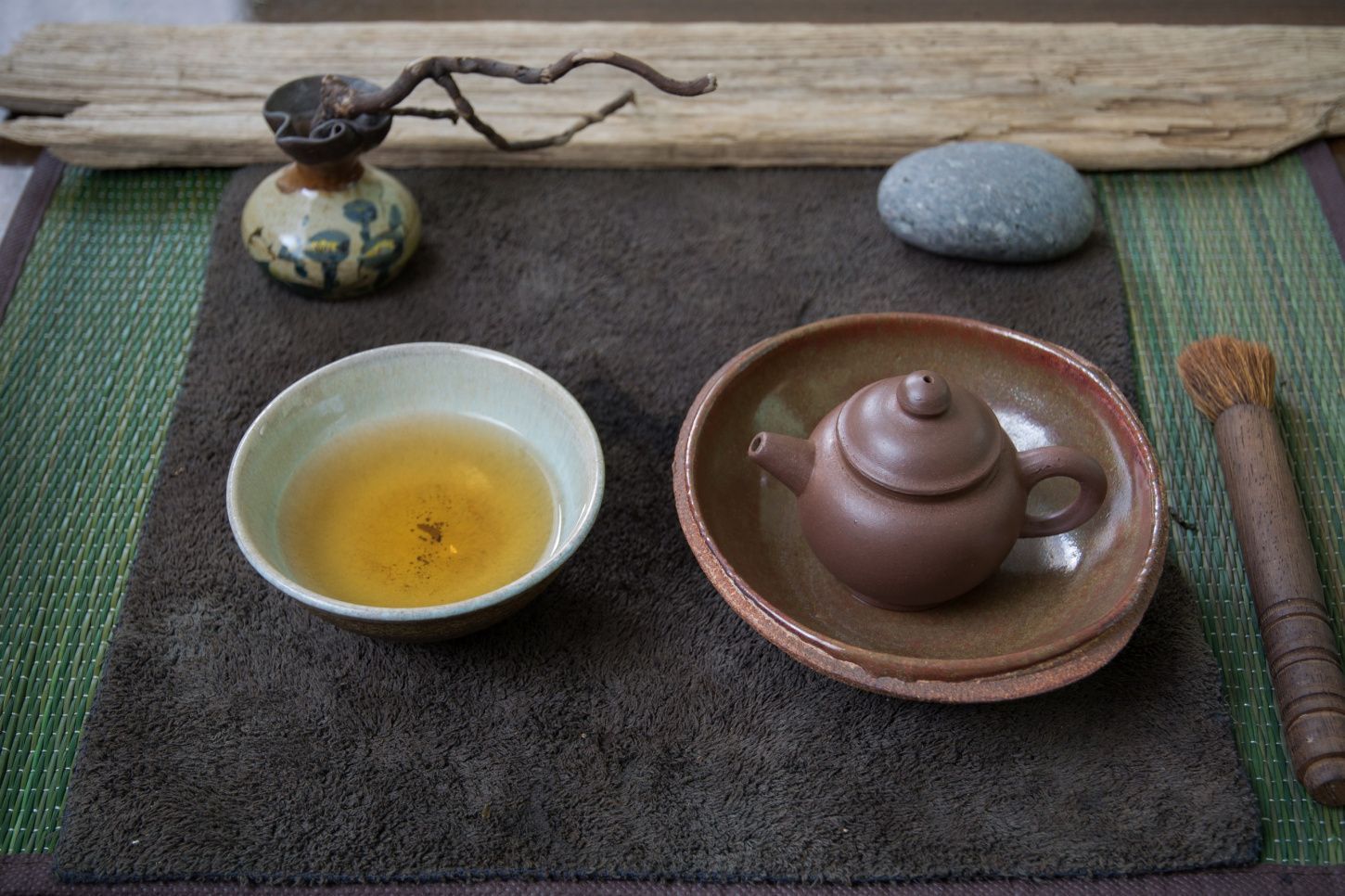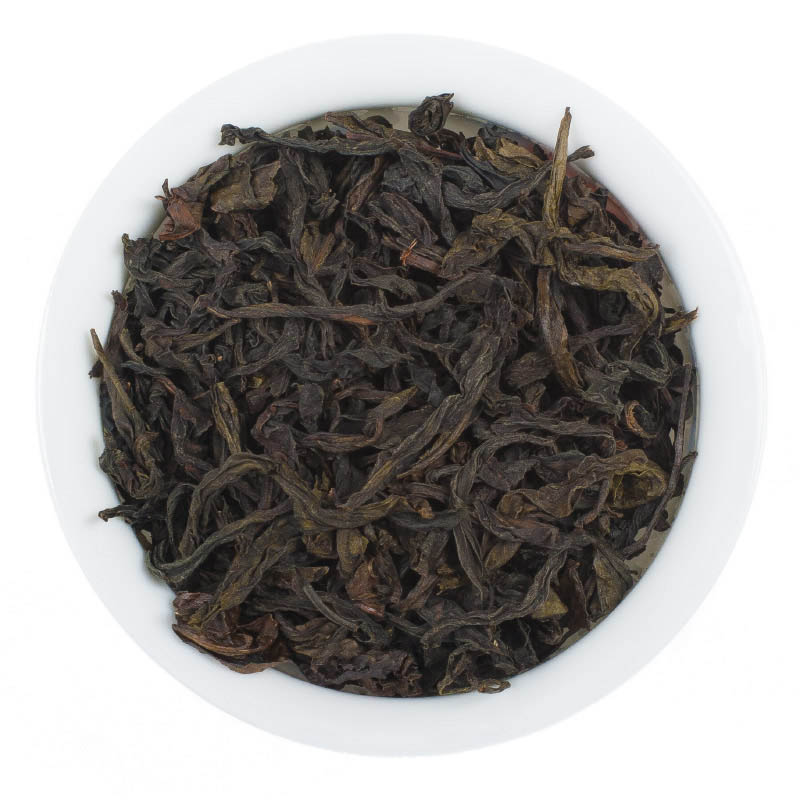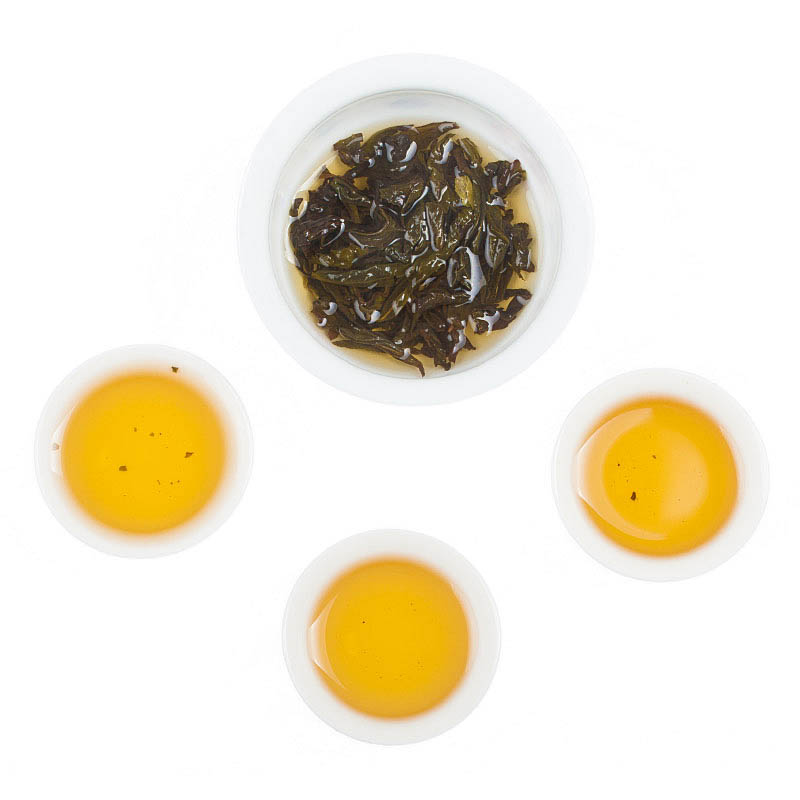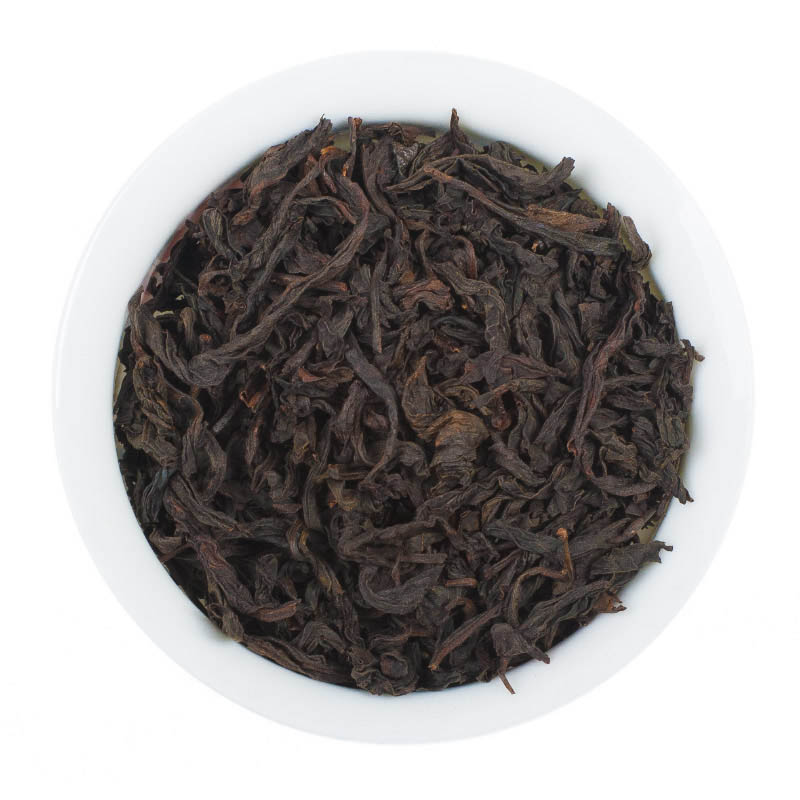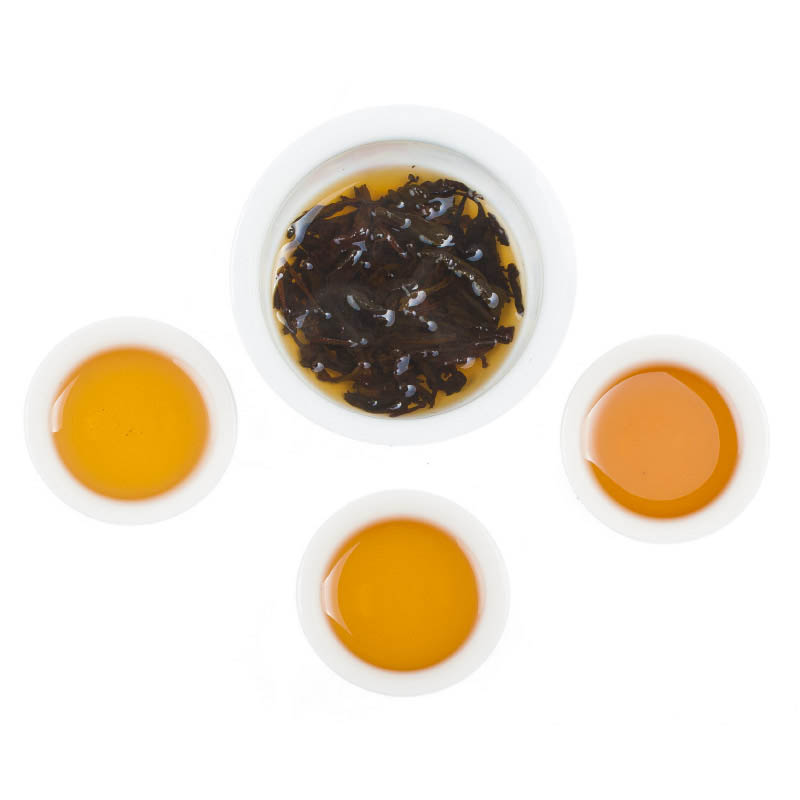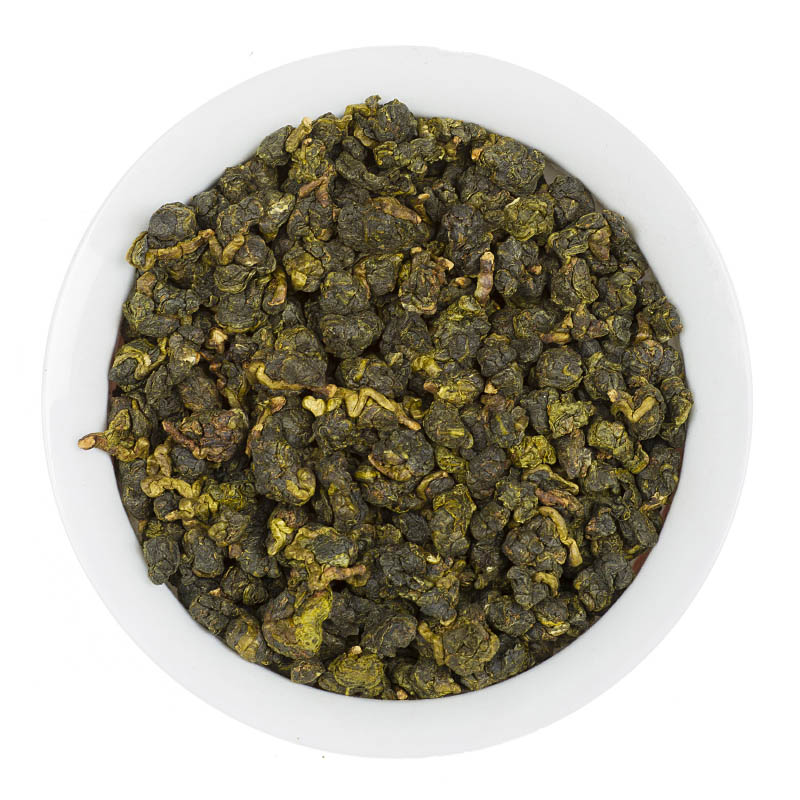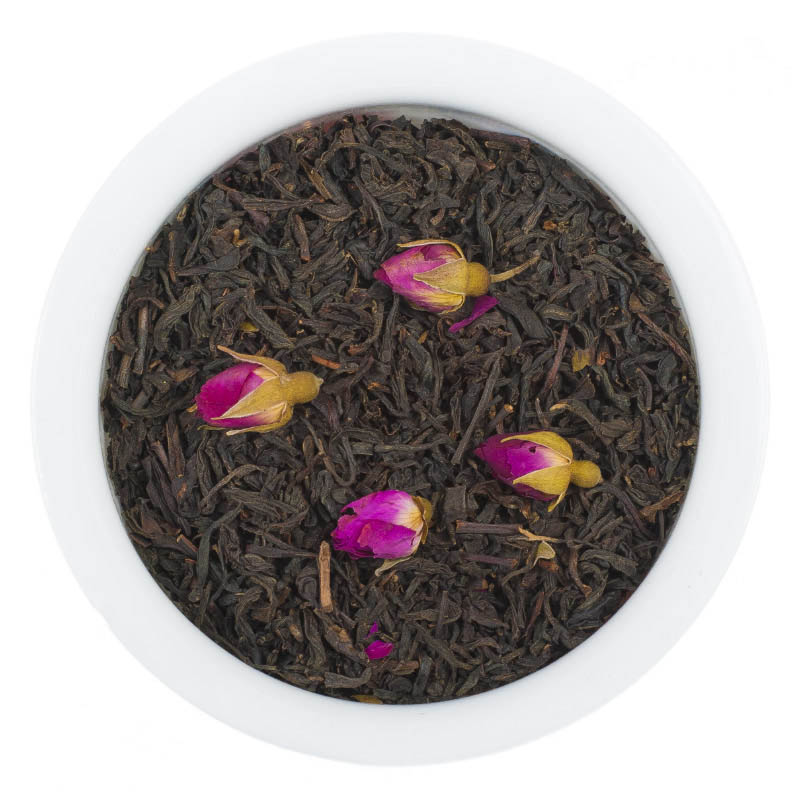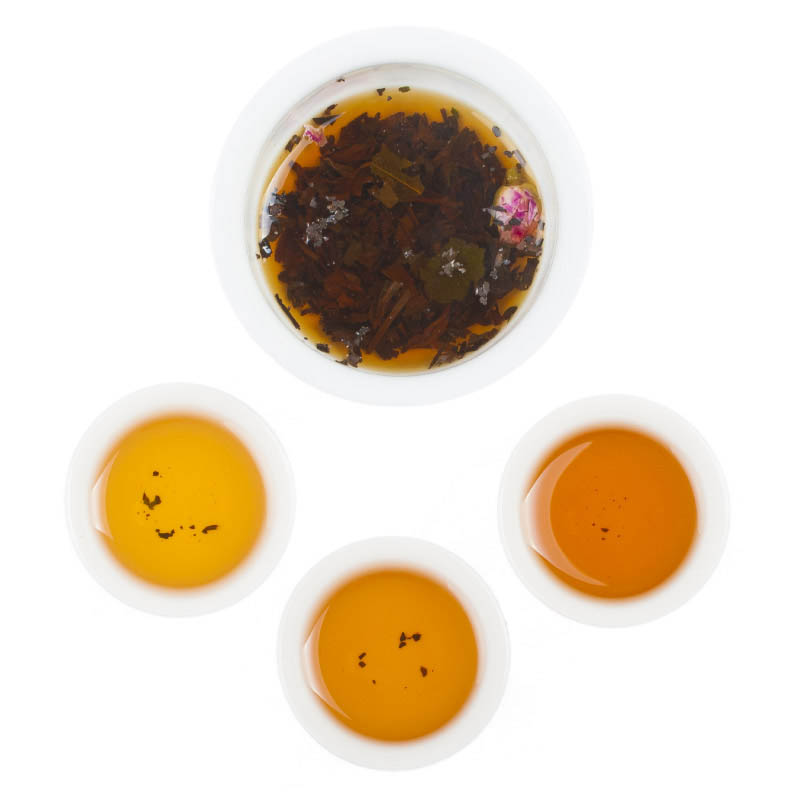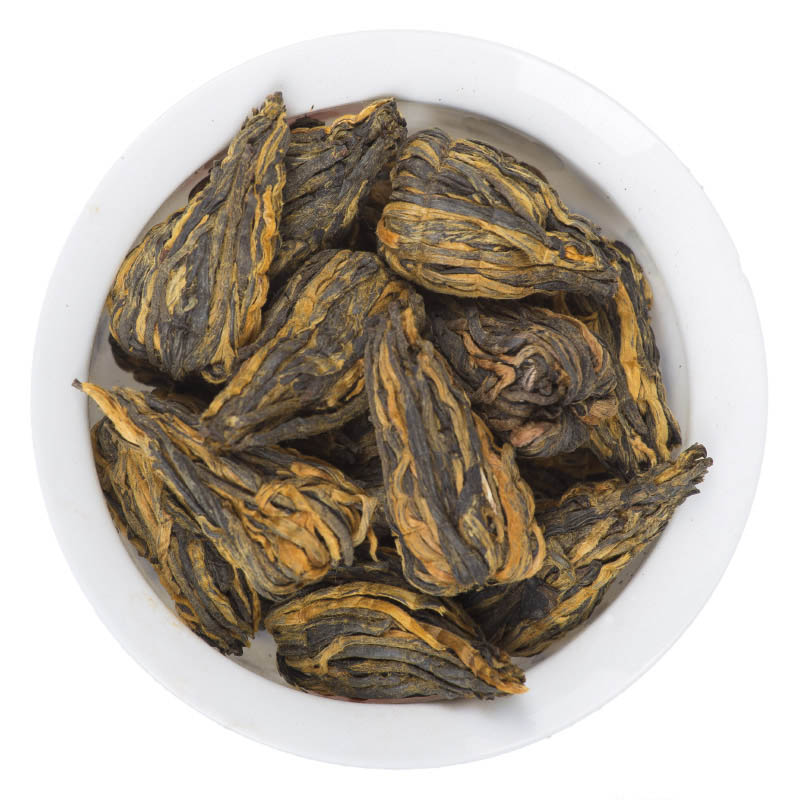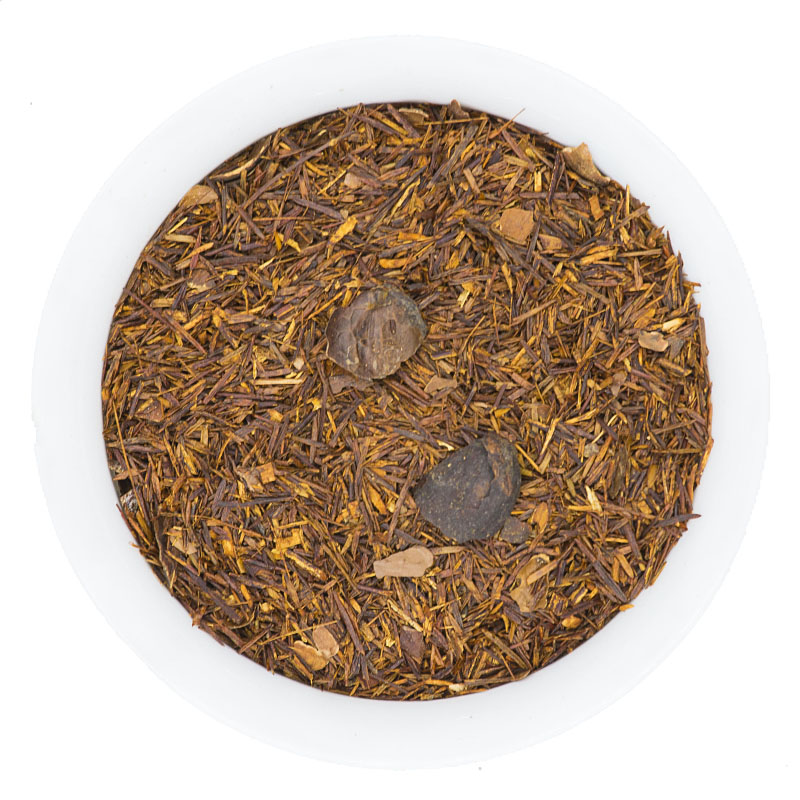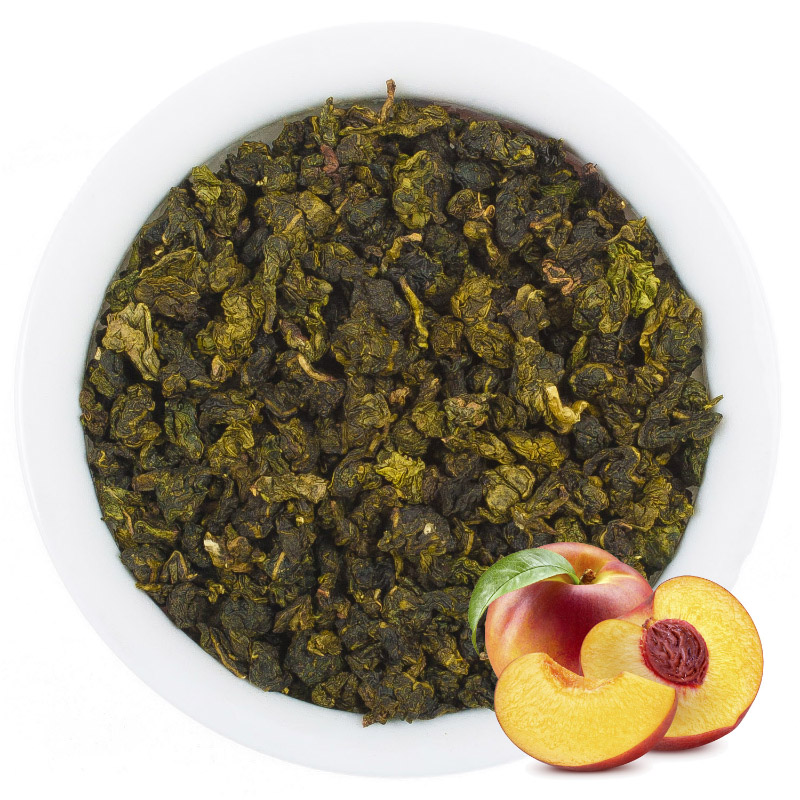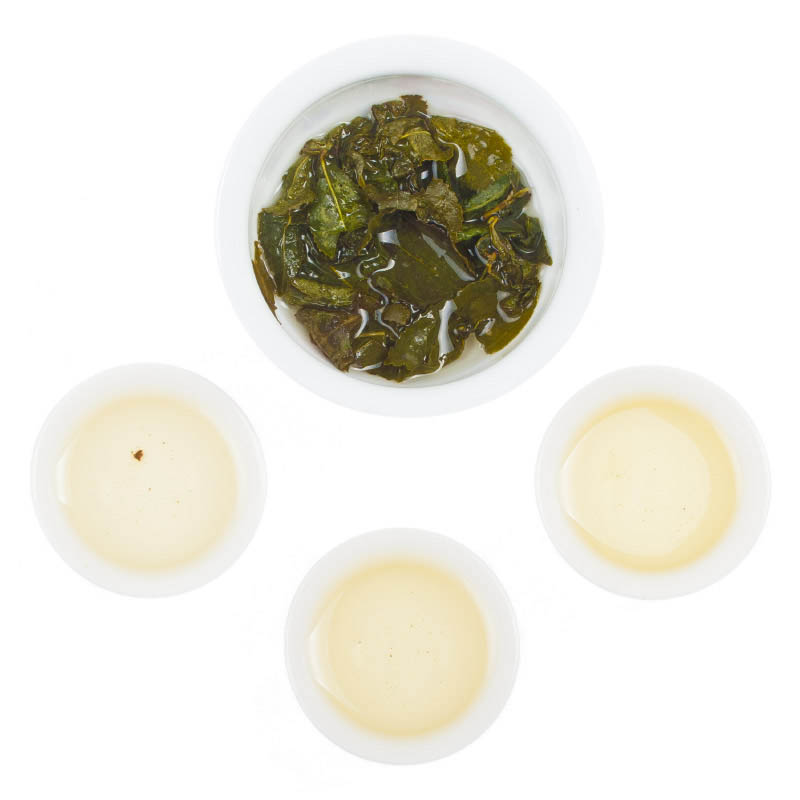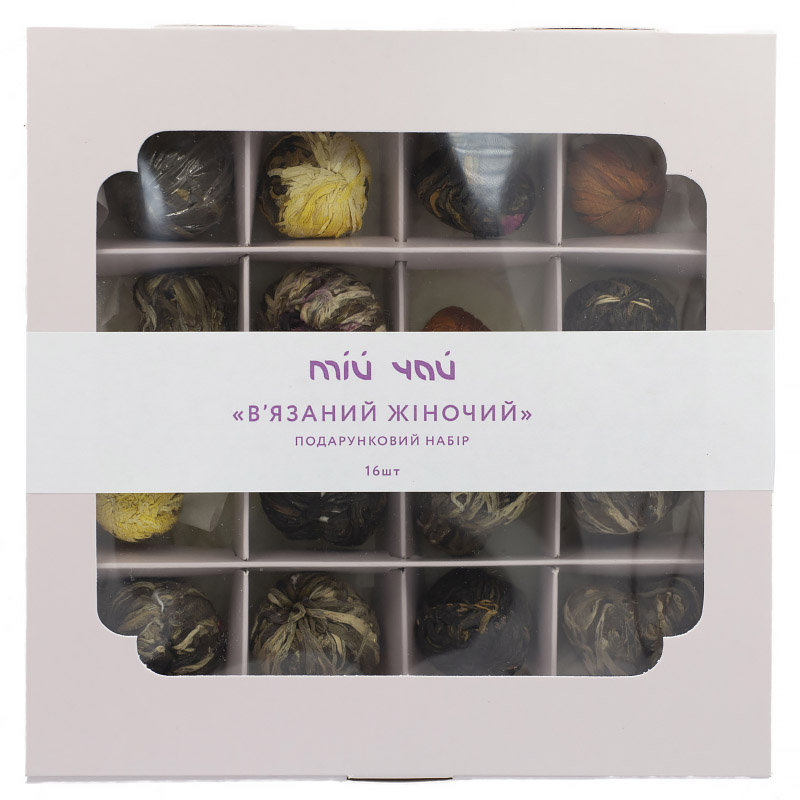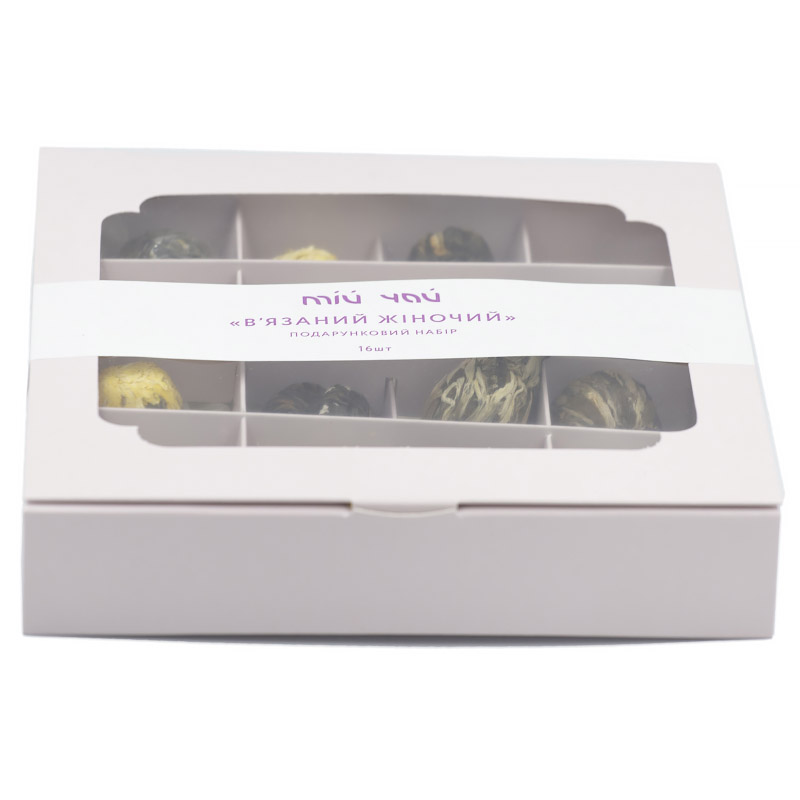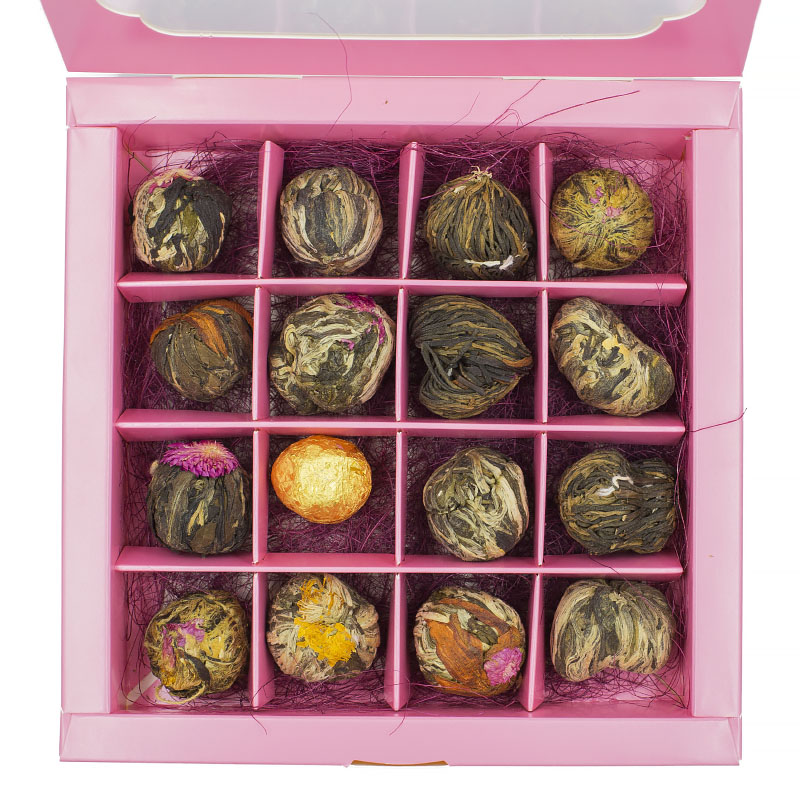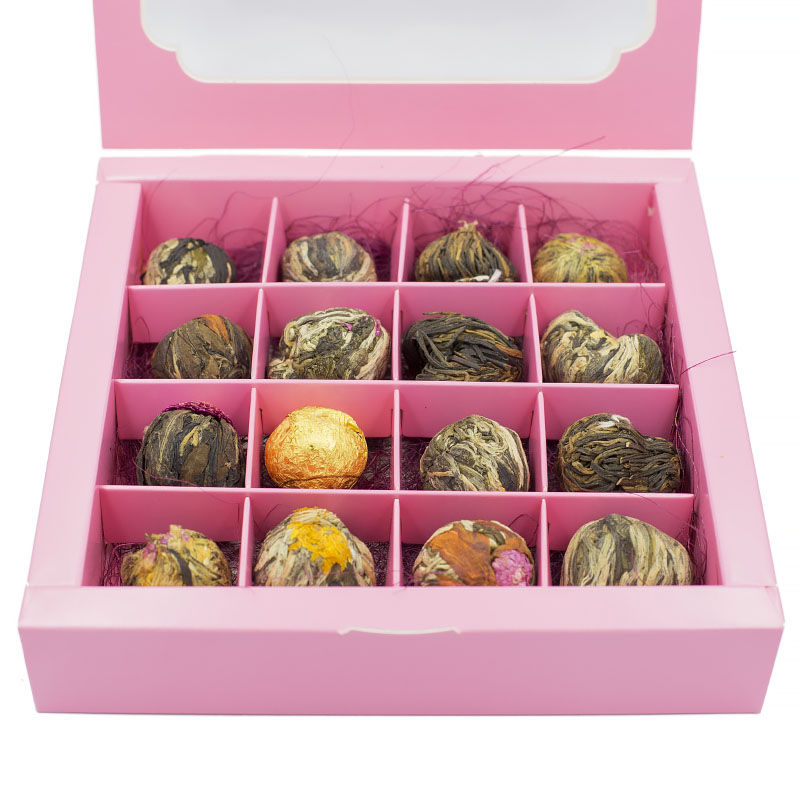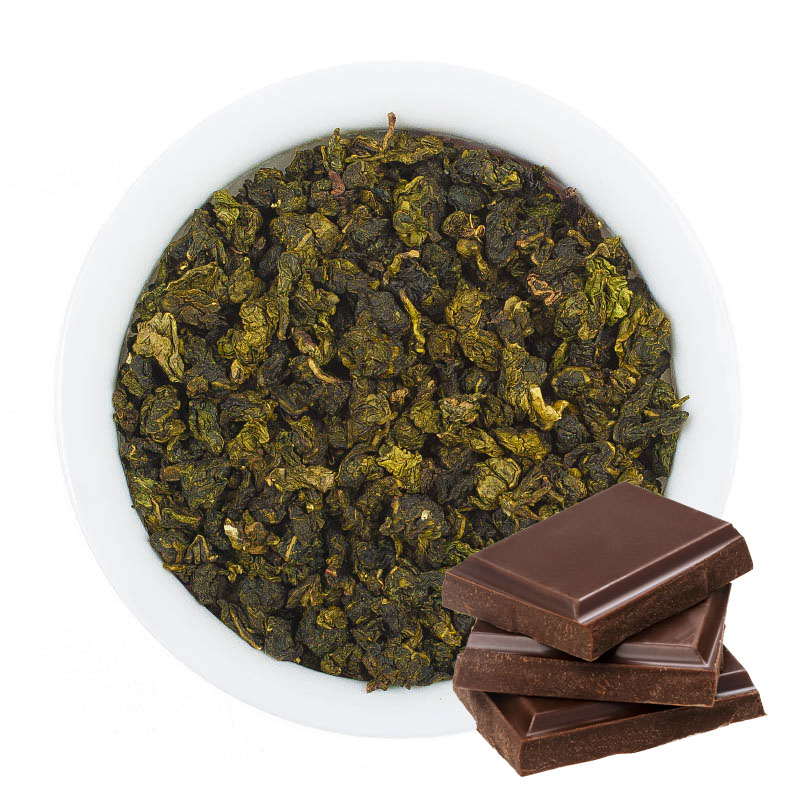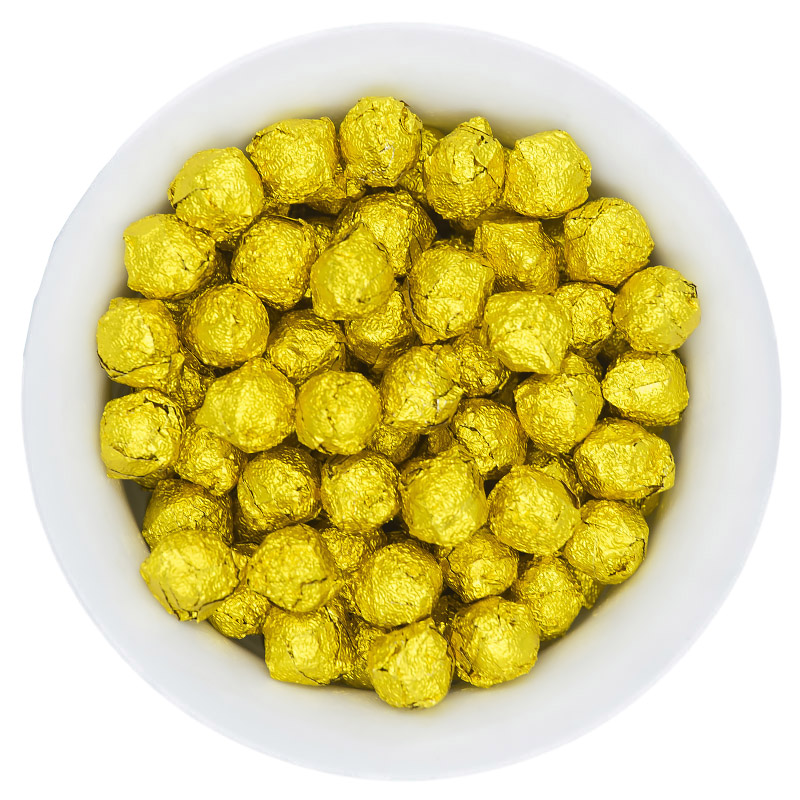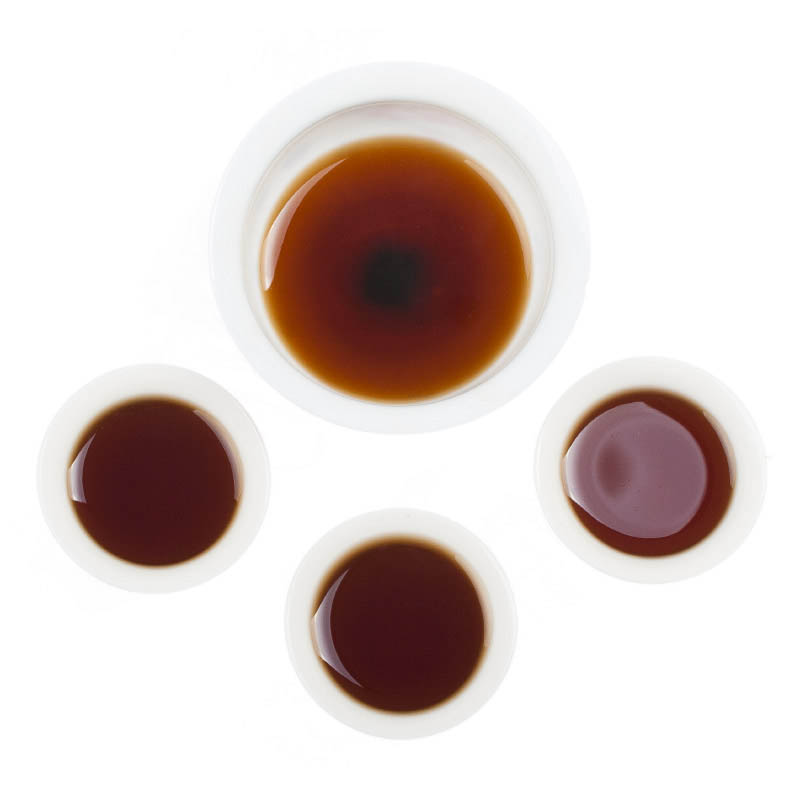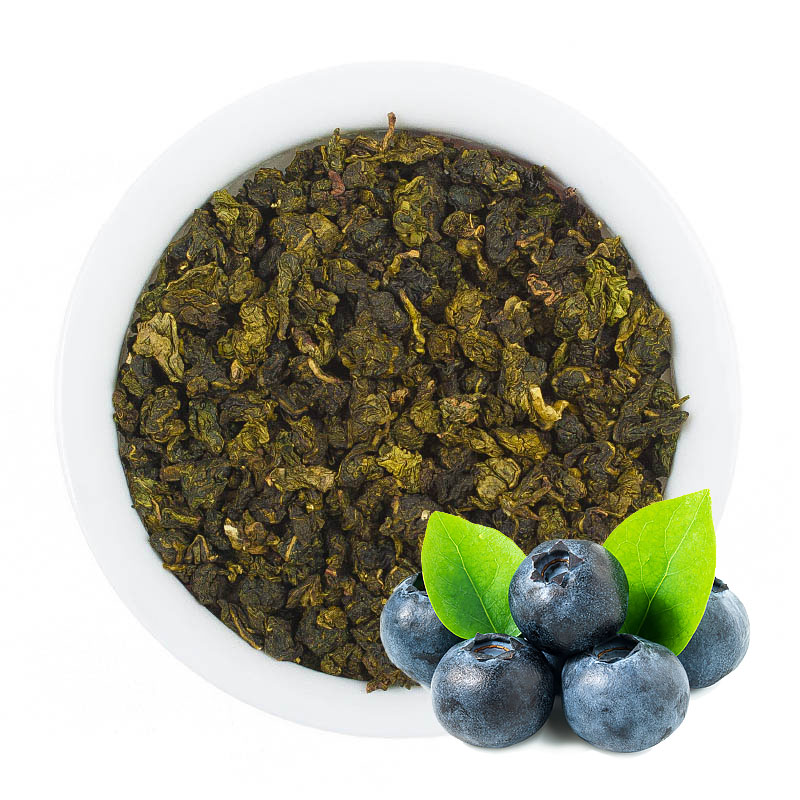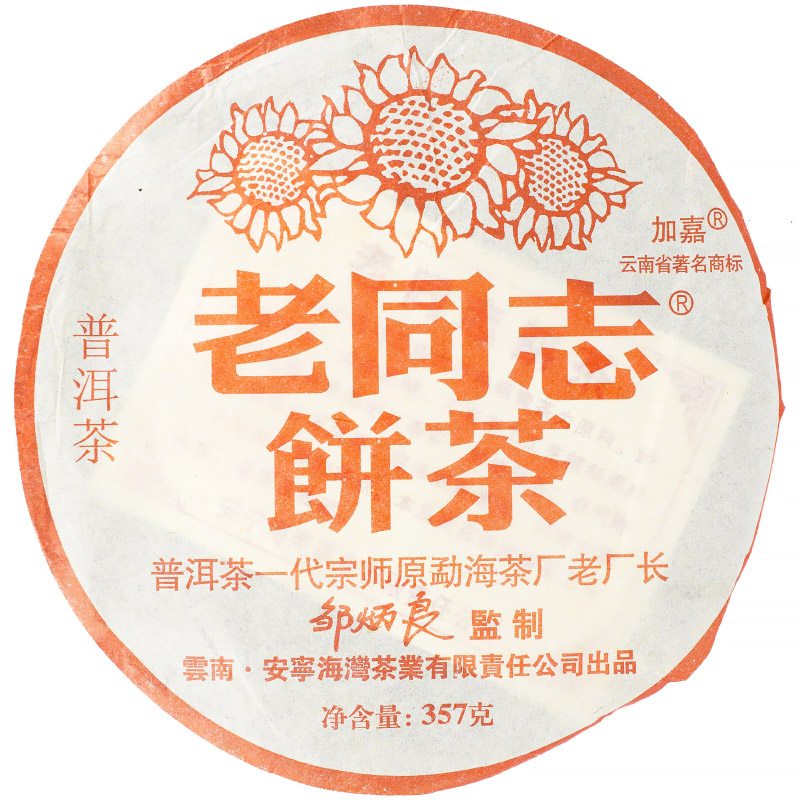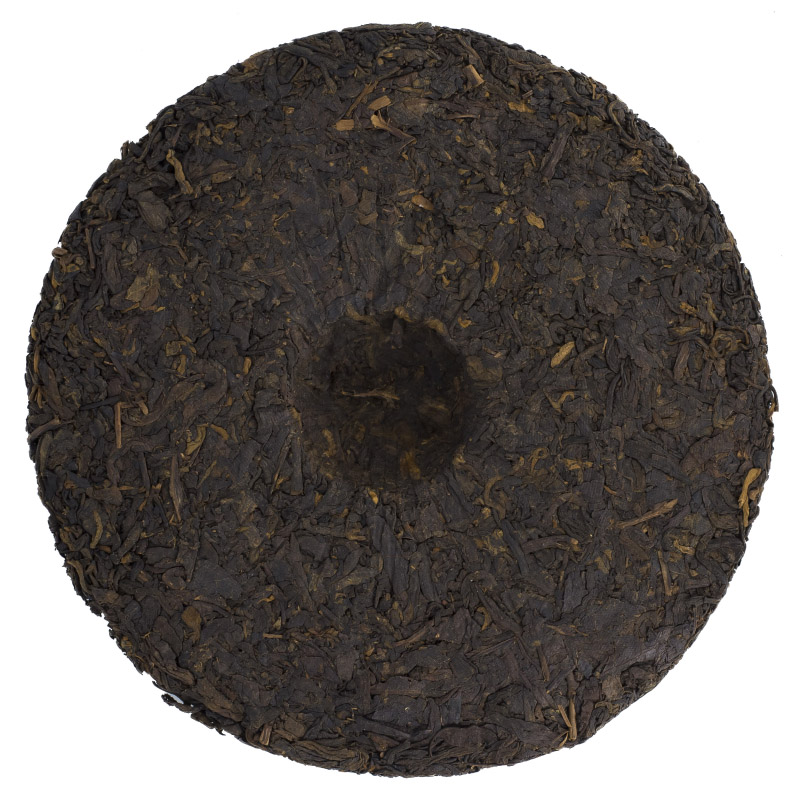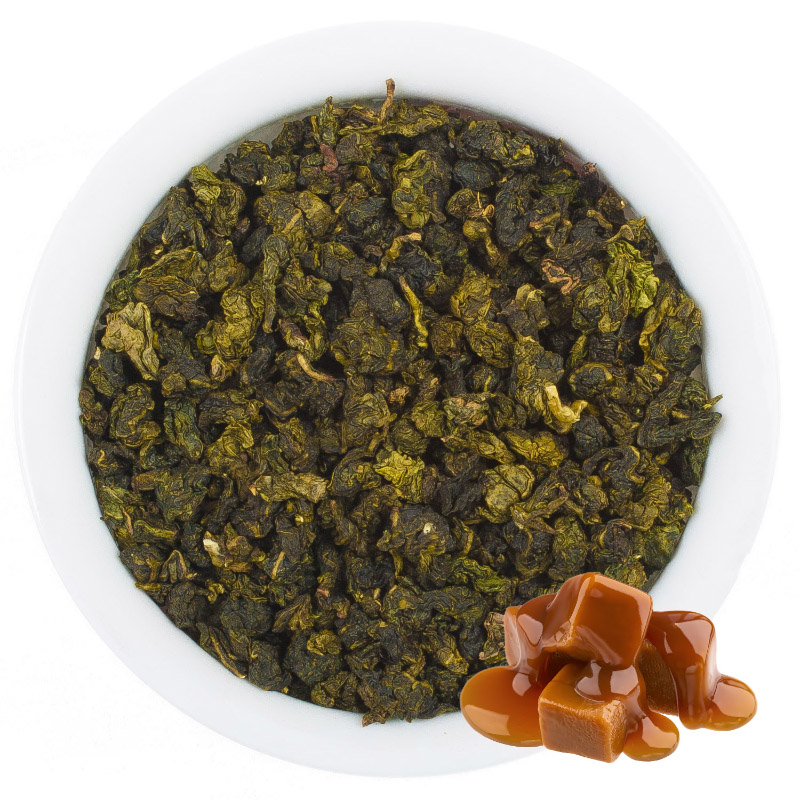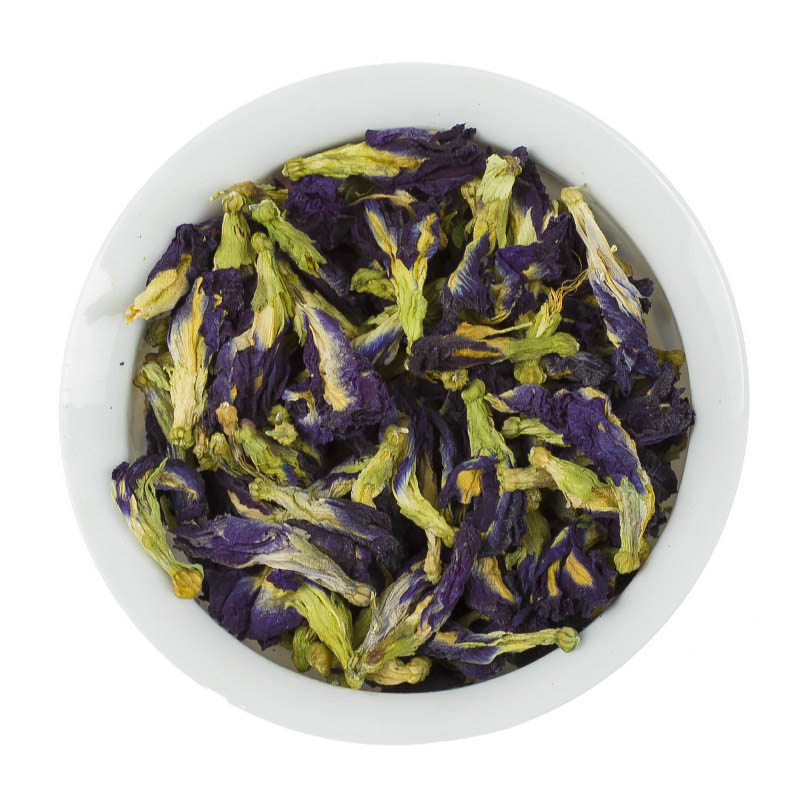How to Brew Pressed Pu-erh: An Eastern Recipe - Ukrainian Preparation
Pressed tea, how to brew it, or rather - how to properly brew pressed pu-erh? This is an important question, especially for beginners who want to immerse themselves in the world of Eastern tea art, but not in a tea cafe, for example, but at home with family or friends. After all, Chinese pu-erh tea is not just tea - it is one of the main treasures of the Celestial Empire, having become popular all over the world. It possesses not just uniqueness. It has a special charm, closely linked to Eastern tradition. The raw material of this variety gains strength over the years, like good wine or cognac, allowing you to enjoy a unique taste and aroma, accompanied by smoky, herbaceous, and fruity notes. The older the pu-erh, the more expensive it is. If you've decided to begin your acquaintance with elite Chinese teas, it's best to start with pu-erh. It is one of a kind. No other type of tea can compare to it. Before we start talking about the process of preparing pressed pu-erh, let's say a few words about what pu-erh actually is. It's not for nothing that it's shrouded in mysteries and legends, right?
Pressed pu-erh tea is divided into two sub-types: Shou pu-erh and Sheng pu-erh. Over the years, not only their taste and aroma change, but their healing properties also intensify.
Chinese pressed Shou pu-erh tea is a drink with rich dark red, brownish tones. It belongs to black (red) varieties. The taste is astringent, strong, with a slight bitterness. For its production, mature leaves, and sometimes roots, are used. The raw material undergoes rapid fermentation, which gives the aroma woody notes.
Pressed Chinese Sheng pu-erh tea belongs to green varieties. The infusion has a translucent light golden color. Older Sheng teas yield reddish-brown tones. The taste has a pleasant sourness, accompanied by a sweet aftertaste. The aroma is bright, with fruity notes. The production process involves freshly harvested young leaves undergoing brief heat treatment, drying, and pressing. Then, whole leaves are placed in deep ceramic vessels, where they gain strength for many years.
The raw material of both varieties is pressed into specific shapes, varying in structure and weight. Pressed pu-erh tea can take the form of:
- Cakes – weighing from 100 grams to 5 kg.
- Cakes with an indentation resembling a bowl. Weighing from a few grams to 3 kg or more.
- Pressed bricks.
- Squares, with a hieroglyphic imprint on the top.
- In the shape of a common forest mushroom. This form of tea is usually brought from Tibet.
- In the shape of a gourd – the oldest form, used since the imperial courts.
How to properly brew pressed pu-erh?
Chinese pressed pu-erh tea has a key characteristic: the older the brew, the more beneficial, delicious, and refined the drink.
When a beginner asks: how to brew pressed pu-erh? – they usually expect a lengthy explanation about a unique tradition, thinking it's all very complex and unsuitable for Europeans. Some even believe that one needs to take an entire course of study and only then brew pu-erh at home.
We hasten to assure you – the preparation process is simple. You need to know a few rules – and pu-erh will give all its value to the water, and the water, in turn, will allow you to repeatedly enjoy a delicious, aromatic drink that once was savored by members of Chinese imperial families, and now by you too!
So, how to brew pressed pu-erh tea? How long and how many times?
- Separate a portion of the leaves from the cake – 3 to 5 grams (practice will guide your dosage later). In China, and now in Ukraine, masters and enthusiasts of elite Chinese tea do this with a special pu-erh knife. However, a regular table utensil can also be used. The main thing is the method of separation: try not to break the cake, otherwise, broken tea will result in a bitter taste.
- Place the raw material in a teapot that has been initially scalded with boiling water. Ideally, this should be a teapot made of high-quality Yixing clay, which will then only be used for brewing pu-erh. For those unfamiliar with Yixing clay, it has a unique property – it allows the tea leaves to "breathe" while absorbing the taste and aroma of the brew, and subsequently releasing it in subsequent infusions. This process endows each infusion with exclusive taste and aromatic qualities. If such посуд is unavailable – a ceramic teapot or gaiwan can be used.
- The raw material in the warmed teapot will definitely release its first aroma. Inhale it! Remove the lid and feel the scent of dry Chinese pu-erh – subtle and soft, perfectly setting the mood for further tea drinking.
- Pay special attention to the water for brewing. It should be soft, purified, without additional odors that negatively affect the tea's taste. Bring it to a boil, but don't let it boil "vigorously." Pour water over Sheng pu-erh at 80-85°C, and over Shou pu-erh at 85-90°C.
- Immediately after pouring, drain the water. This process is called "awakening" the tea leaf. This infusion is not drunk but rinses the raw material from dust, while opening the leaf at the initial stage.
- Pour water into the teapot again and now let it steep for up to 10 seconds. Pour the infusion into a chahai – a dispenser. However, if such an item is not at hand, the hot drink can be immediately poured into cups. Make sure no water remains in the teapot.
- Pour water over the raw material again. Increase the steeping time to 30 seconds, and so on with each subsequent time. Pu-erh typically withstands up to 10 infusions for Shou, and up to 6 for Sheng. The taste and aroma of each infusion are different, so with each cup, you will be able to experience new notes of taste and aroma.
- How to tell if you are brewing pu-erh correctly? The main sign is that it should not taste bitter.
Now you know how to brew pressed pu-erh tea. As you can see, you don't need to learn Chinese characters or go to China for special courses on Eastern tea ceremonies. It's enough to know a few rules – and the drink will give you not only enjoyment from its consumption but also the healing powers abundantly available in its arsenal.
Pu-erh should be drunk in small sips while warm. When cold, it will not bring pleasure, having lost its original taste and aroma. In too hot a state, the nuances are also lost.
Do not add honey or sugar. Aesthetes believe that only chocolate can truly enhance the taste of pu-erh.
How to store pu-erh?
Over the years, pu-erh loses its bitterness, herbaceousness, and astringency, gaining sweetness and softness. The leaves acquire reddish-brown hues, and the aroma takes on notes of nuts, dried fruits, and spices. To prevent this from being lost, proper storage of the raw material is necessary.
- Pu-erh loves fresh air, so never pack it in airtight packaging. The ideal option is a box that protects from dust. Sometimes paper envelopes or even cloth are used.
- Humidity should be moderate. Very dry air slows down the tea's aging process, while humid air alters the raw material.
- Sunlight harms pu-erh tea leaves. Exposure to it results in a loss of taste and aroma.
- The kitchen is not suitable for storing pu-erh – it easily absorbs foreign odors. The best option is a bookshelf in the living room.
We believe that we have answered the question: how to brew pressed pu-erh? – informatively and clearly. Agree, the Eastern recipe for preparation is indeed acceptable for Ukrainian tradition. Enjoy your tea, new sensations, and a good mood!
